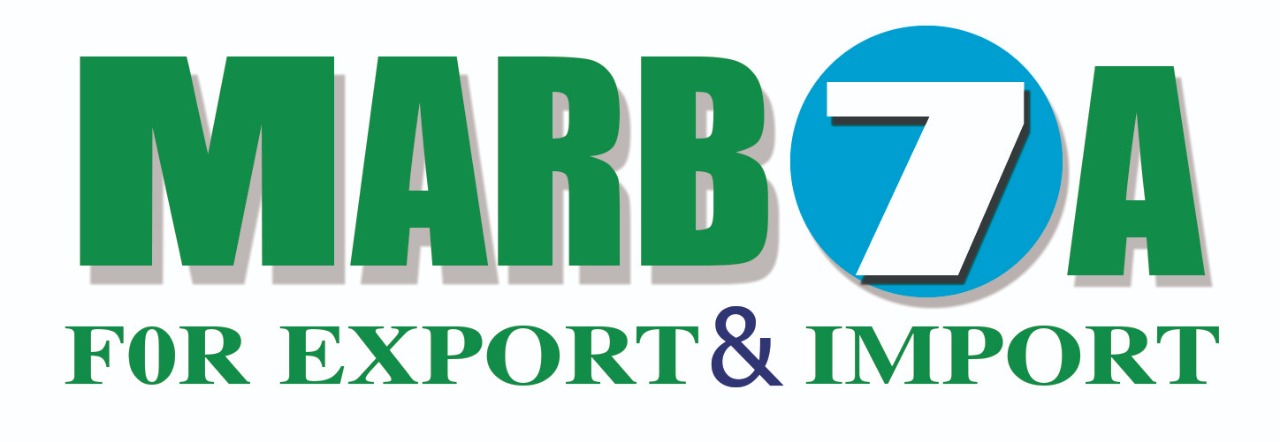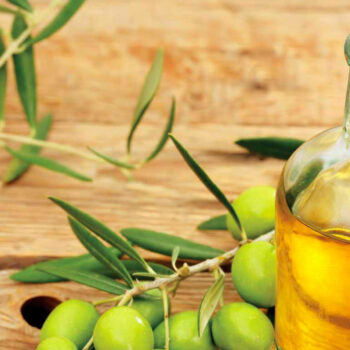Introduction to Agriculture in Marsa Matrouh
Matrouh governorate is characterized by a variety of geographical, climatic, and environmental characteristics, with the northern range overlooking the Mediterranean Sea forming a developmental range dominated by a warm dry Mediterranean climate, which is rainy in winter and hot dry in summer -and this range is about 450 km long and at a depth of 30 and 50 km. It is known for producing rain-fed horticultural crops based on rainwater and torrents, which are high-quality products of high nutritional value free of the remaining fertilizers and pesticides – most notably figs, olives, almonds, grapes and some vegetables such as melons and cantaloupe, as well as the vast livestock of Barqi sheep in local and foreign markets.
Fruit orchards represent the best exploitation of rainwater-dependent areas in their agricultural production, as they withstand drought for relatively long periods as well as fluctuating rainfall rates compared to other yields, as well as the relatively low cost of agriculture and service relative to the annual return.
Fruit orchards contribute to the stabilization and settlement of Bedouins in these areas and meet part of their nutritional needs, as well as their environmental role in protecting against soil erosion, climate improvement, and increased soil carbon. Fruit orchards are found in the form of clusters and miniature plantations with varying sizes depending on the amount of rainwater available, the periods and rates of fall, and the characteristics of the soil. It is called Dry Farm, as distinct from irrigation farms with irrigation water from other sources.
Rain orchard farms are watered directly during the rainy fall period (from November to March) or indirectly through rainwater stored in terrestrial reservoirs or collected in front of dams of various kinds (soil, stone, cement) so that these waters are exploited for additional irrigation during the summer dry season.
The geographical indicator reflects the global concept of the need for agricultural products whose production is linked to the conditions of the area of origin. The North Coast is one of the agricultural regions of comparative advantage whose agricultural production is very much linked to the environmental conditions and agricultural practices that suit these conditions, enabling the Territory’s products to record the geographical index, as are many countries in the world that are interested in registering their distinctive products, such as the different types of cheese in Switzerland, France, and Argan Oil in Morocco, etc.
It should be noted that recording the geographical index contributes significantly to the appreciation of products associated with geographical characteristics, such as figs, olives, and Barrani grapes, produced in Matrouh.
Concept of geographical indicator
A geographical indicator may be defined as a mark or badge placed on a particular product to indicate that it arises in a specific geographical area with characteristics or features associated with its geographical place of origin. The registration of the geographical indication is required for continuity of production by the applicant in the geographical area of special interest.
It should be noted that the protection of the geographical indicator applies after the registration process has been completed for 10 years and the renewal of the protection period is another 10 years because of the payment of assessed fees and for an unlimited number of times – but if the protection of the geographical indicator has expired and the renewal has not been completed, the indicator will be subject to cancellation and the protection rights will be extinguished from the holder



